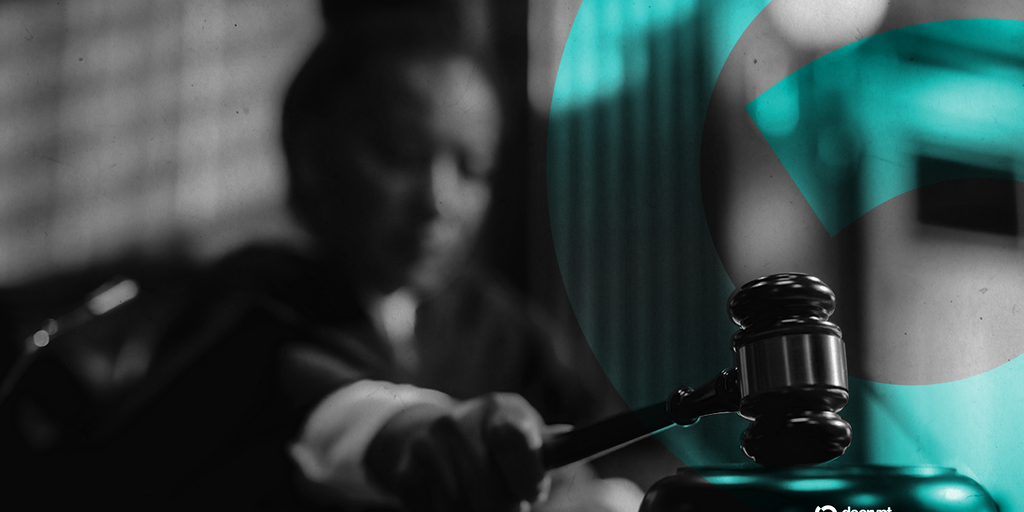In brief
- Two MIT-educated brothers went on trial Tuesday for allegedly stealing $25 million in a 12-second Ethereum blockchain exploit.
- The defense argues there was no crime at all, just strategy in an unregulated market where “economic incentives guide parties’ behavior,” not laws.
- If convicted of conspiracy, wire fraud, and money laundering charges, Anton and James Peraire-Bueno each face up to 20 years in prison per count.
Two MIT-educated brothers went on trial Tuesday in Manhattan federal court for allegedly stealing $25 million in crypto in just 12 seconds. However, their defense claims it wasn’t illegal for them to have outmaneuvered “predatory” trading bots.
Anton Peraire-Bueno and James Peraire-Bueno are alleged to have committed conspiracy, wire fraud, and money laundering. Each charge carries a maximum sentence of 20 years.
Federal prosecutors call their April 2023 maximal extractable value (MEV) exploit on the Ethereum blockchain a “first-of-its-kind” fraud scheme, while defense attorneys insist it was simply a smart strategy in an unregulated marketplace.
The trial may run into the first week of November as the brothers have rejected the plea deal.
Prosecutors allege the brothers “meticulously planned” the heist over at least three months, even Googling “how to wash crypto” and “top crypto lawyers.”
The brothers have sought to exclude their Google search history, arguing the searches occurred during privileged attorney consultations after being “threatened by anonymous sandwich attackers.”
The duo allegedly exploited a software flaw during the 12-second gap before trades were finalized, turning the victims’ $25 million into “effectively worthless, illiquid junk crypto,” prosecutors said.
But defense attorney Patrick Looby, who represents the elder brother James, argues there’s “no central authority” governing Ethereum and “no government regulations.”
“Instead, economic incentives guide parties’ behavior,” Looby told U.S. District Court Judge Jessica G.L. Clarke during oral arguments in June.
For fraud charges to stick, “there needs to be a promise to the victim,” he said. “Here, there is no alleged communication at all between the Peraire-Buenos and the traders.”
The alleged victims lost their crypto “through pre-programmed trades without ever interacting with the Peraire-Buenos, directly or indirectly,” defense attorneys argued in a failed motion to dismiss the indictment.
“I think that deception is legally possible through code alone,” Slava Demchuk, CEO of compliance firm AMLBot, told Decrypt. “Plainly speaking, fraud does not require a direct victim contact or false statements, if the code is written or designed to mislead.”
“It is rather a gray area and it will be for the jury to assess,” Demchuk added, acknowledging the unregulated crypto space complicates matters.
Niko Demchuk, head of legal at AMLBot, told Decrypt the search terms “how to wash crypto” and “top crypto lawyers” are “circumstantial evidence of mens rea, suggesting the brothers knew their actions were illegal and planned to conceal proceeds.”
“The defense argues that the unregulated crypto context and lack of direct victim interaction undermine mens rea. Hence, the ball is in the jury’s court,” he added.
Daily Debrief Newsletter
Start every day with the top news stories right now, plus original features, a podcast, videos and more.

